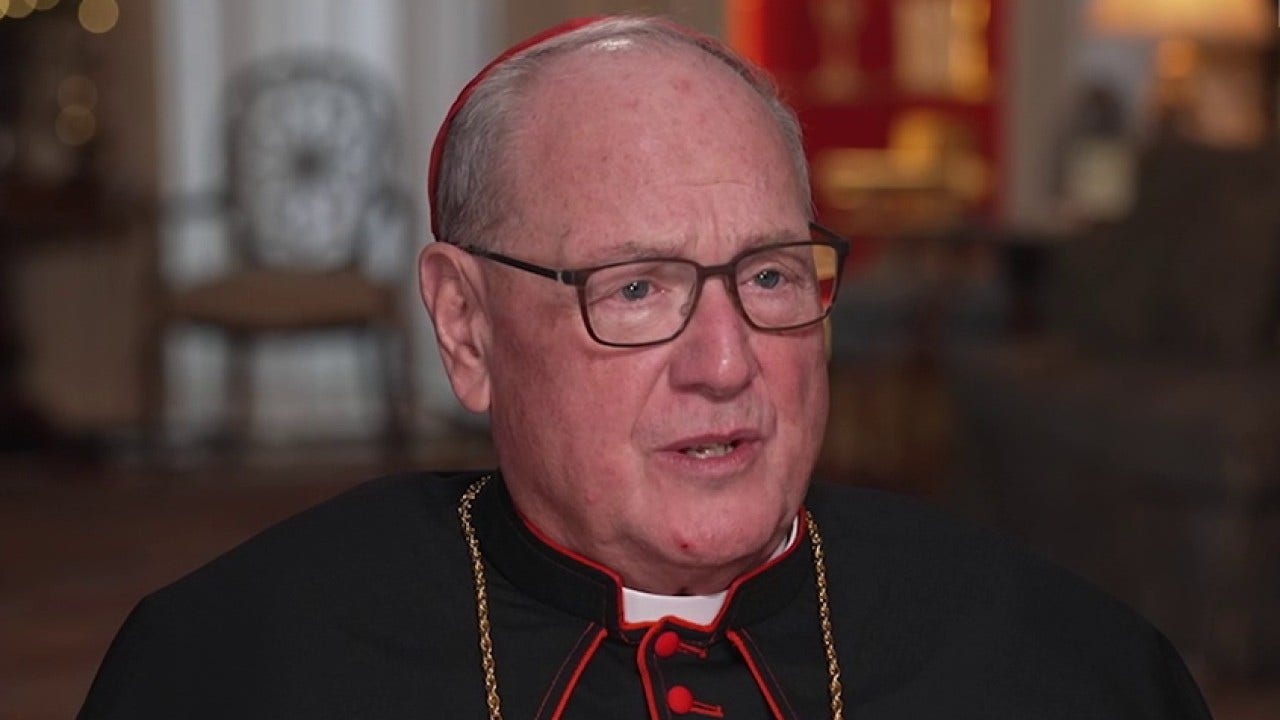World
Could the US benefit from the international student backlash elsewhere?

UNITED STATES
International students represent 22% of higher education institution enrolments in the United Kingdom, 24% in Australia and 30% in Canada – enormous percentages highlighting their dependency on international education.
Despite the many commonly acknowledged benefits that international students bring, including boosting the economy and diversifying campuses, large numbers of international students can be viewed as a burden or scapegoat if growth in enrolments is not managed with intentionality.
Despite each of these countries having national-level strategic plans for international education, a spate of government policies has emerged in the past year aimed at limiting international students in these major Anglophone host countries.
Canada plans to reduce study permits by 35% in the current year, the UK has limited which students may bring dependent family members with them during their studies, and Australia is tightening the belt with increasing visa denials, more than doubling visa fees and a planned international enrolment cap from 2025.
In Canada, actual visa issuance is predicted to be even lower than the reduced amount announced. International student deposits to UK universities for autumn of 2024 have dropped by 43% from the previous year. And approvals of student visas in Australia have fallen by nearly 30% compared to 2023.
Does the US stand to gain?
International enrolments represent only 6% of students in US universities and colleges and, with a robust higher education sector, the US has enormous capacity to host more international students.
Citing this capacity, the Institute of International Education’s recent Outlook 2030 Brief: The US and international education suggests three possible rates of growth, the most optimistic forecasting that “US colleges and universities could enrol two million international students by 2030”. However, available capacity and the status quo are not enough to double international student numbers in the US by 2030.
The Outlook 2030 Brief repeatedly references refugee students as “another potential source of diverse and talented students” – while this is certainly true, in the US context, a student with refugee status who has relocated to the US permanently is eligible for free application for federal student aid, and does not ‘count’ as an international student.
Such students have their own unique needs, but are not subject to the same visa, work or funding restrictions as F-1 student visa holders, or international students on other types of temporary, non-immigrant visas.
Only 7% of displaced people globally are enrolled in higher education, due to the many barriers between them and educational access. While it is essential for universities and for the US government to work towards improving educational transition and access to further learning for refugee students, as well as students with other statuses who often fall through the cracks, these are separate conversations from that of traditional international student increases.
The US is on the verge of an election, and despite a recent throwaway comment from former president Donald Trump indicating support for a pathway to permanent residency for international students (almost immediately rescinded by his campaign), in his previous term his administration threatened post-study work opportunities, implemented multi-country bans on entry and antagonised China.
None of these would bode well for international education if he were to be re-elected. It’s also worth noting that Trump is now a convicted felon, and the country’s other choice Joe Biden performed so poorly at the recent debate that many in his own party called for him to drop out only four months before election day.
Political instability is often a push factor that prompts students to seek higher education outside their home countries, but it is not a pull factor that draws students in.
China and India are the top senders by far, but Chinese enrolment in the US has been declining for years due to capacity building at home, increases in geopolitical tensions and the declining return on investment of international degrees in post-graduation employment
opportunities back home.
Indian students are still overwhelmingly concentrated in graduate STEM programmes, particularly computer science, so overall capacity may not be indicative of capacity to accommodate where the volume of interest lies.
In the United States the average cost of undergraduate study, including tuition, living costs and supplies is US$38,270 per year. While graduate funding can be supplemented with teaching or research assistantships, stipends are often below the poverty line, meaning that even students awarded these competitive positions need significant personal funding.
Educational expenses are simply out of reach for many students, particularly when adding in the costs of the admissions and visa application processes, travel costs, expenses over summer terms, inflation and inevitable tuition fee increases.
IDP’s Emerging Futures study from March 2024 found that 58% of international students had changed their preferred study destination, citing costs as the primary factor.
Where to focus efforts
Outlook 2030 exhorts US universities to offer more funding and housing, but does not admonish the US government for declining funding of higher education, high visa denial rates, inconsistent policies between agencies, rising costs in the visa process and a lack of coordination or clear planning.
Because multiple government agencies are involved in international education, there is a clear need for coordination between agencies in their respective roles engaging with international students.
Private companies, non-profit organisations and coalitions have all called on the federal government to acknowledge that a national strategic plan for international education is overdue, and to urge action.
The greatest strength and most exceptional feature of US higher education is the depth and breadth spanned by our educational institutions.
If we are to see significant increases in international student enrolment, we must diversify hosting institutions and improve how we communicate the value proposition of small, rural, minority-serving community colleges and other types of higher education institutions that have traditionally had lower international student enrolments.
We must also better prepare our campuses and communities to welcome international students and be open to true intercultural engagement rather than viewing these populations as a monolith and impatiently awaiting their cultural assimilation.
Yes, the US has the capacity to accommodate a crescendoing number of international students. The question is whether we have the ability to attract them, and the resolve to support them.
Rachel Scholten is a PhD student in organisational leadership, policy and development at the University of Minnesota, the director of international admission at Loyola University Maryland, United States, and the president of the Maryland International Education Consortium. E-mail: schol471@umn.edu










